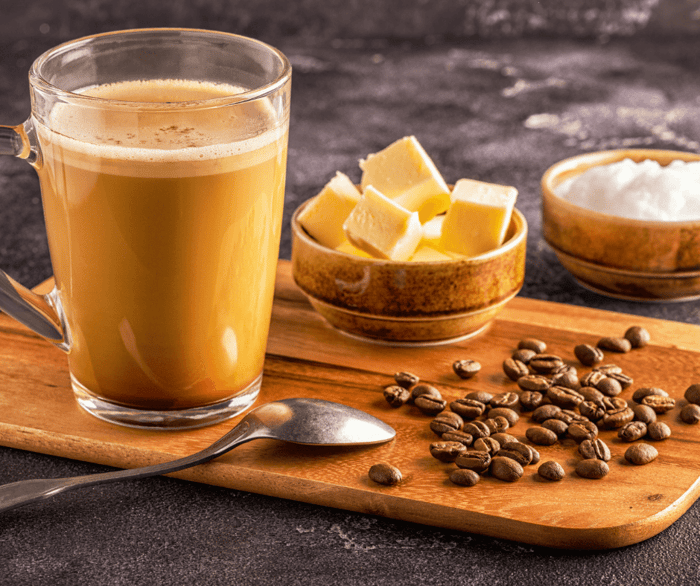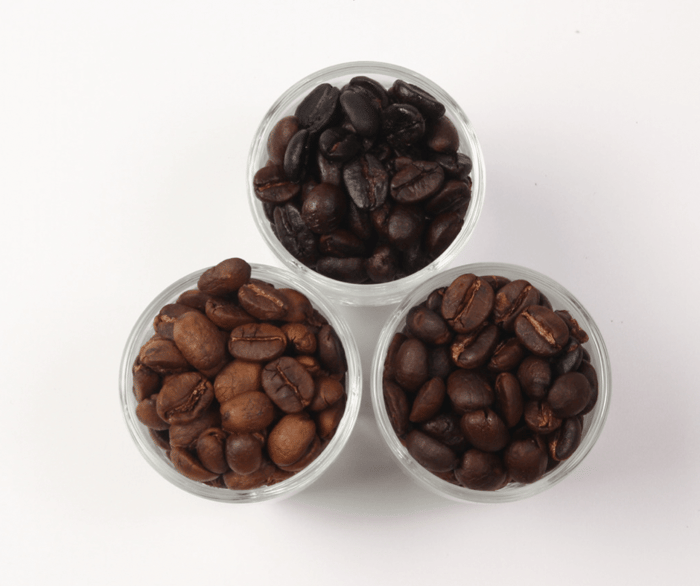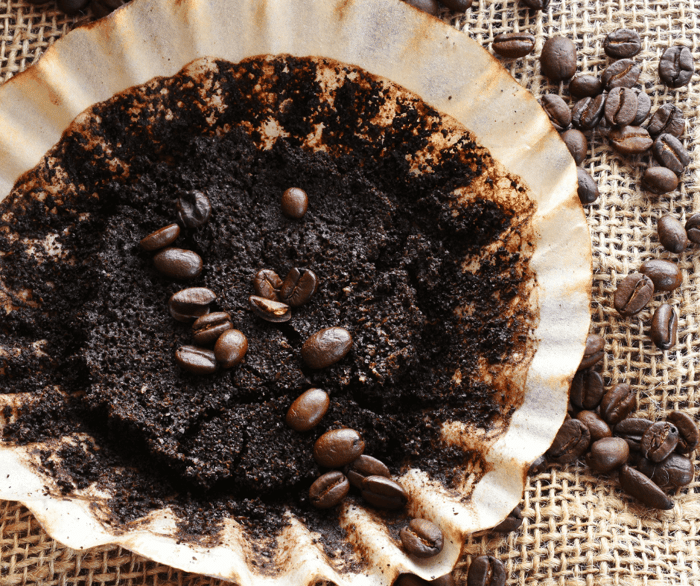Don't you just love freshly brewed coffee? The aroma, the deep flavor, the rich texture, the subtle, delicate flavor notes... In fact, I would go so far as to say that's it's the best drink on the planet. (Sorry, water.)
But when it's hot outside, your usual coffee cravings can turn into iced coffee cravings in a hurry. And while you can always just pour your usual hot brew over some ice cubes, that can give you some lackluster, watery results. (Unless you use coffee ice cubes!)
That's why cold brew is so great. It's coffee that's been brewed slowly and at a lower temperature, resulting in a coffee concentrate that you can then mix with water (or milk, if you like) and enjoy over ice. No melty, watered-down coffee here!
If you've experimented with making your own cold brew at home, you may have wondered if there are specific roasts/blends that work best with cold brew. Let's find out!
What Affects the Flavor of Cold Brew?
First of all, when it comes to any type of coffee brewing, there are a lot of variables that affect the flavor of your final cup.
Obviously, the type of bean used and the roast/blend matter. But also the origin, the grind size, the water temperature, and the brewing method itself. All of these factors* play a role in whether your coffee tastes chocolatey and nutty, tart and fruity, earthy and bitter, or something else entirely.
(*And that's not even taking into account things like how long the coffee has been roasted—or even the pH and mineral content of your water!)
So, when you're cold brewing coffee, all of those same variables are going to come into play. But there are a few things to focus on in particular.
Watch the Roast Level
With cold brew, people choose lighter roasts both to preserve more of the terroir flavors of the beans, and because medium and dark roasts can easily come across as more bitter in cold brew.
However, that's not to say that you can't make great cold brew with dark roasts. You can, and people do it all the time. Cold brewed dark roast just tends to lean more bitter than smooth.
Therefore, cold brewing with dark roasts works best for fans of "bold" coffee, as well as people who tend to gravitate towards bitter tastes like red wine, dark chocolate, and... well, black coffee.
Grind Size is Critical
If you're buying a pre-ground coffee for making cold brew, you need to pay close attention to the grind size. The grind is one of the most important (and overlooked) factors that affect the taste of homemade cold brewed coffee.
Because cold brew is brewed at a lower temperature, and for a longer period of time, the grind size needs to be larger than you would use for hot brewing. You don't want it to be too coarse, of course (ha)—but if your grind is too fine, you're going to end up with an uber-concentrated (and uber-bitter) cup of coffee.
On the other hand, if your grind is very coarse (really only a problem if you're grinding your own beans) you're going to end up with cold brew coffee that's weak and underdeveloped.
So aim for somewhere in the middle—a nice, even medium-to-coarse grind that's not too fine.
Conclusion
There's no one answer to this question—it all depends on your personal preferences! Some people like to use a lightly roasted coffee for their cold brew, while others prefer a dark roast. There are also people who like to stick to single origin coffees, while others are happier trying different blends. Ultimately, it's up to you to experiment and see what you like best.
At Meadow Ridge, we provide a curated collection of high-quality coffees from all over the world. We have light, medium, and dark roasts, ground and whole beans, single origins and exotic blends. No matter what your preferences are, we've got you covered.
Try a couple of different coffees or roasts to find your perfect match—you might discover a new favorite! Click here to check out our selection!
Want More Coffee Content?
- Daily Coffee Grind - Click Here
- Coffee Reviews - Click Here
- Coffee Brewing Guides - Click Here
- Coffee Brewer Reviews - Click Here
- All Things Tea - Click Here
- Know Your Caffeine Content - Click Here









